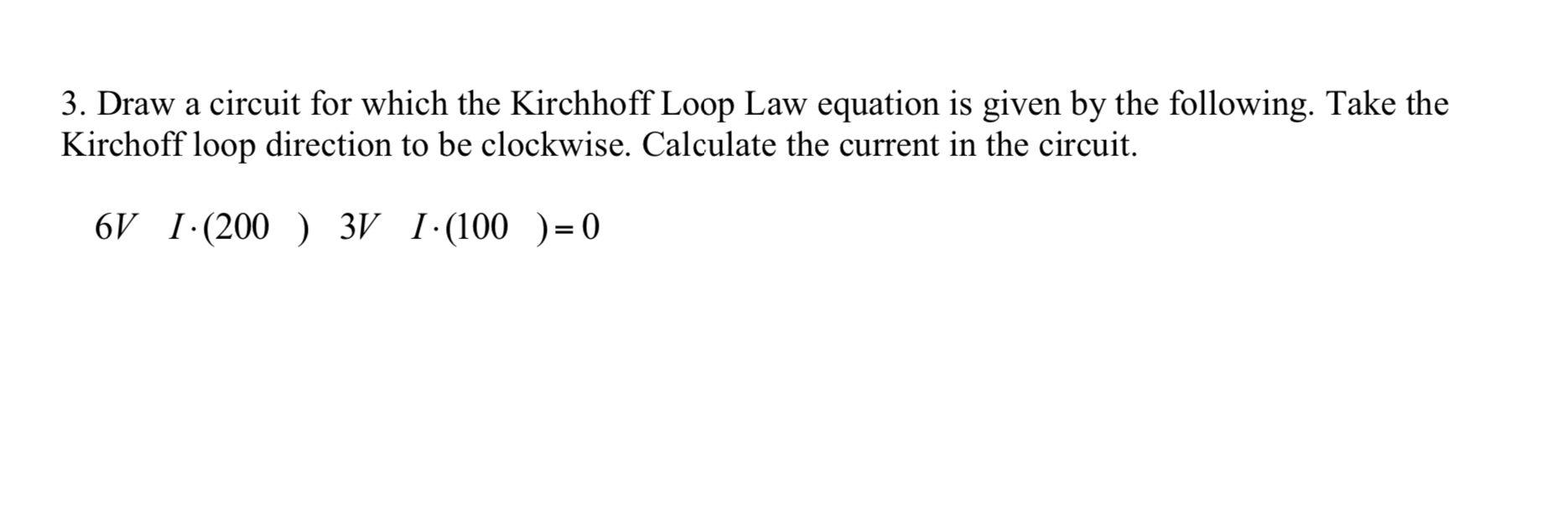

Note : the tuning must be done with the cable connected to the receiver because the cable adds itself a capacitance.Īfter tuning we measured the response curve of the antenna for frequencies near the resonance value, the result is shown below. The image below shows our tuner circuit in which the capacitors can be easily added or removed in order to vary the capacitance.
Loop the loop physics calculator generator#
Set the generator to the desired frequency, 26.7 KHz in our case, connect it to the antenna with a resistance of 100 KΩ and vary the external capacity so as to maximize the signal collected at the terminals of the antenna. In practice, also the tuning is carried out with a signal generator and an oscilloscope.

For tuning, an additional capacity must be inserted in parallel with the antenna, the value of which must be appropriately calibrated. It is therefore necessary to proceed with the tuning of the antenna so that the new resonance frequency corresponds to the emission frequency of the chosen transmitter. This distance should allow you to clearly distinguish situations in which the propagations by ground wave and by ionospheric wave differ, for example due to a solar flare. In this way we determined that the fris = 45.6 KHz, from which we derive the value of the antenna capacitance, which is 445 pF.įrom the examination of the VLF signals received in our area we have seen that the 26.7 KHz signal of the BAFA (NATO) transmitter located in Turkey is well received, at a distance of about 1500 km. At the resonance frequency the impedance of the parallel LC is maximum and therefore the signal is also maximum. With the oscilloscope the signal at the terminals of the antenna is measured while the frequency of the signal is varied. The generator is connected to the antenna by means of a load resistance, for example 100 KΩ. With a signal generator and an oscilloscope it is easy to determine the resonant frequency of the antenna. The antenna is represented by an equivalent circuit with an LC parallel having a resistance in series, as seen in the diagram below, where the external capacity used for tuning has also been inserted. The measured value of the resistance is 25,7 Ω. On the basis of these geometric data it is possible to calculate the inductance that results 27,6 mH, while the measured value is 27,4 mH. The square size is 0,7 m, the copper wire has a diameter of 0,5 mm, the turns are 83. The antenna data are summarized in the table below. The image below shows the antenna almost finished. Wrapping the copper wire is not always easy, you need a little patience and do some tests before reaching the final result. Once the structure is finished, the enameled copper wire is wound in order to create the chosen number of turns. From the examples found in literature, it is clear that the classic size is around a meter, while the number of turns is about 100.Īfter choosing the dimensions, the wooden structure is made, as shown in the image below: Larger dimensions means having an antenna that is more difficult to build and more difficult to handle, increasing the number of turns means having greater resistance and greater stray capacitance, with the result of having a smaller Q factor. To increase the signal we can both increase the surface of the loop, and this leads to a larger antenna, and increase the number of turns. To build a magnetic loop antenna it is necessary to maximize the signal that is produced.

What we have described above is the principle of operation of a magnetic loop antenna, suitable for the detection of low frequency electromagnetic signals (VLF band). The drawings below show the two cases: on the left the voltage will be maximum, while on the right the voltage will be zero. If we place a loop oriented parallel to the direction of propagation, an electrical voltage will therefore be produced, if the loop is instead oriented orthogonal to the direction of the wave there will be no magnetic flux and therefore the voltage will be zero. If we consider a vertically polarized electromagnetic wave, the magnetic field will be polarized in a horizontal plane and subject to cyclic variations at the frequency of the electromagnetic wave. Introductionįrom the theory of electromagnetism we know that a variable magnetic field produces, in a loop linked to the flux lines, a voltage proportional to the speed of change of the magnetic flux (first order derivative with respect to time). Abstract : in this Post we describe the construction and tuning of a magnetic loop antenna whose purpose is reception in the VLF band, to be coupled with a suitable VLF receiver for monitoring SID events (sudden ionospheric disturbances) caused by solar flares.


 0 kommentar(er)
0 kommentar(er)
